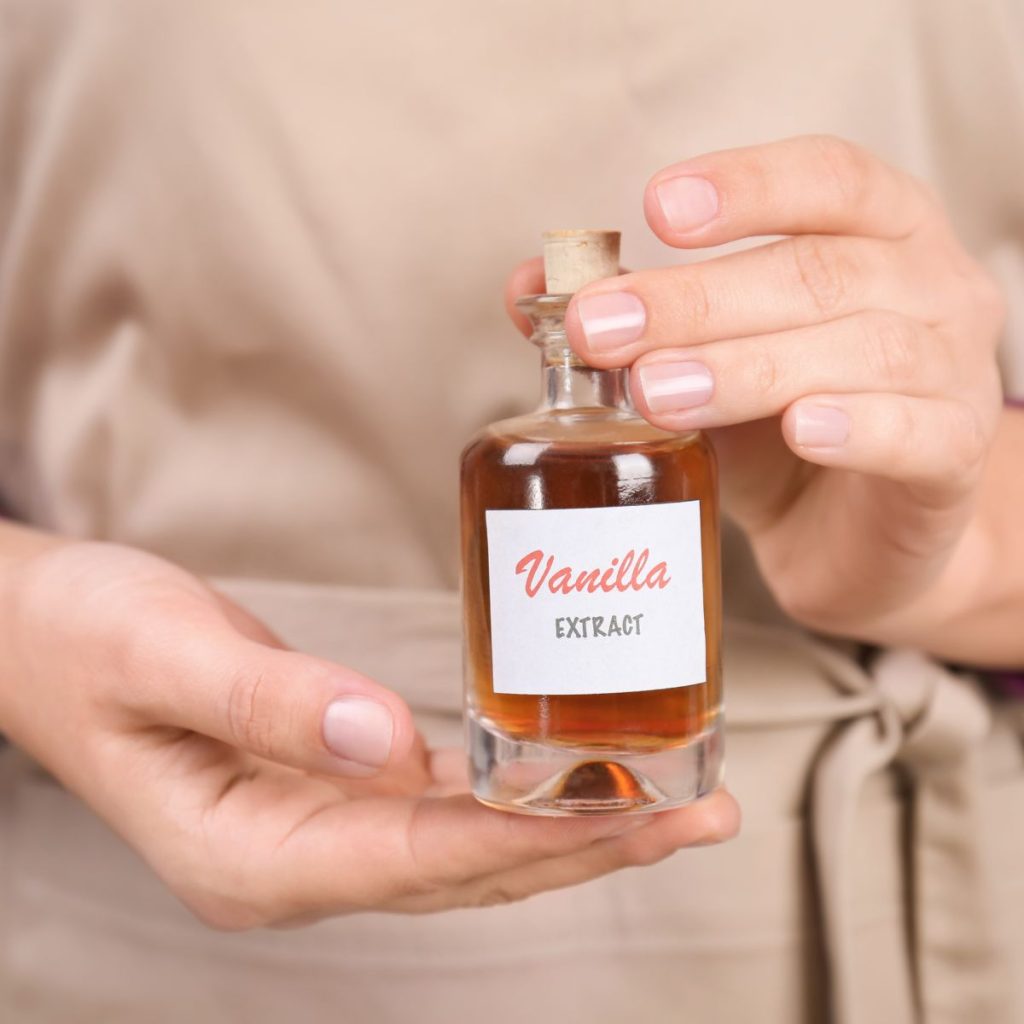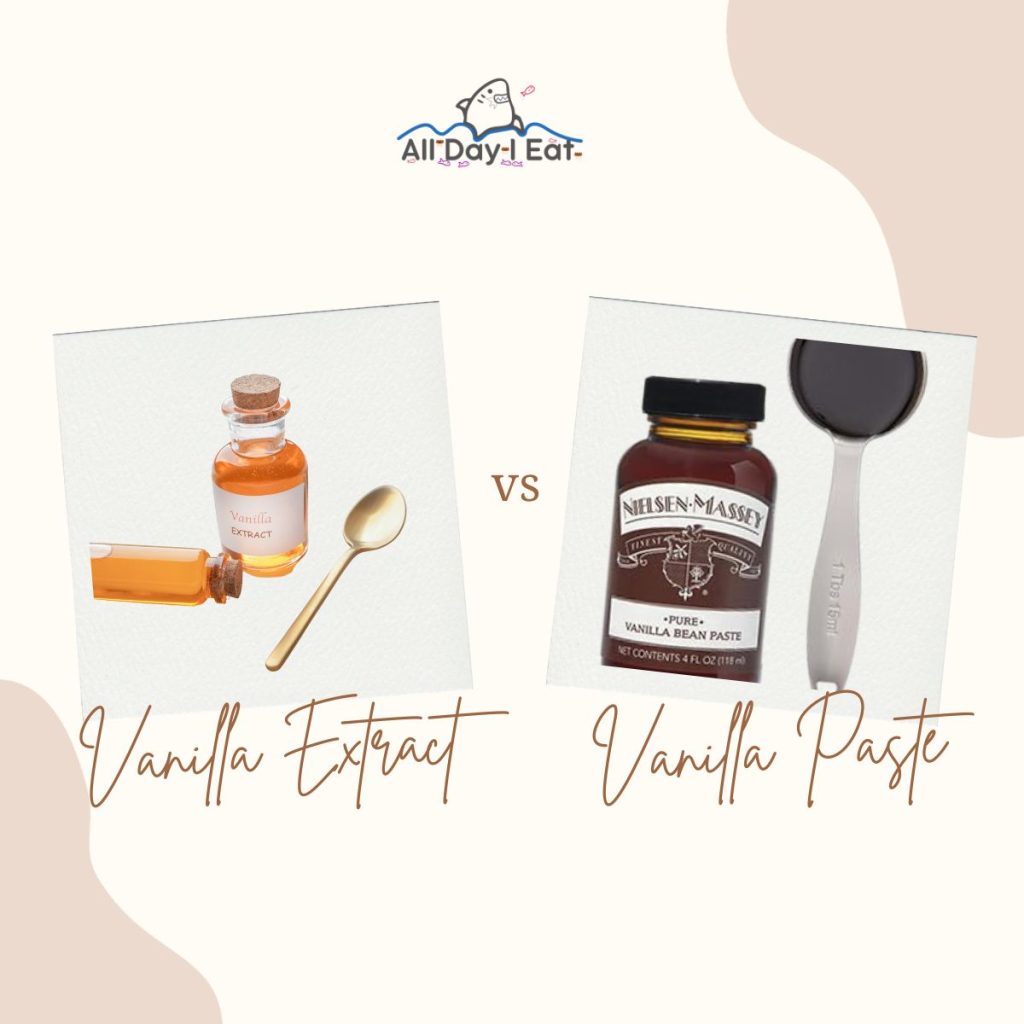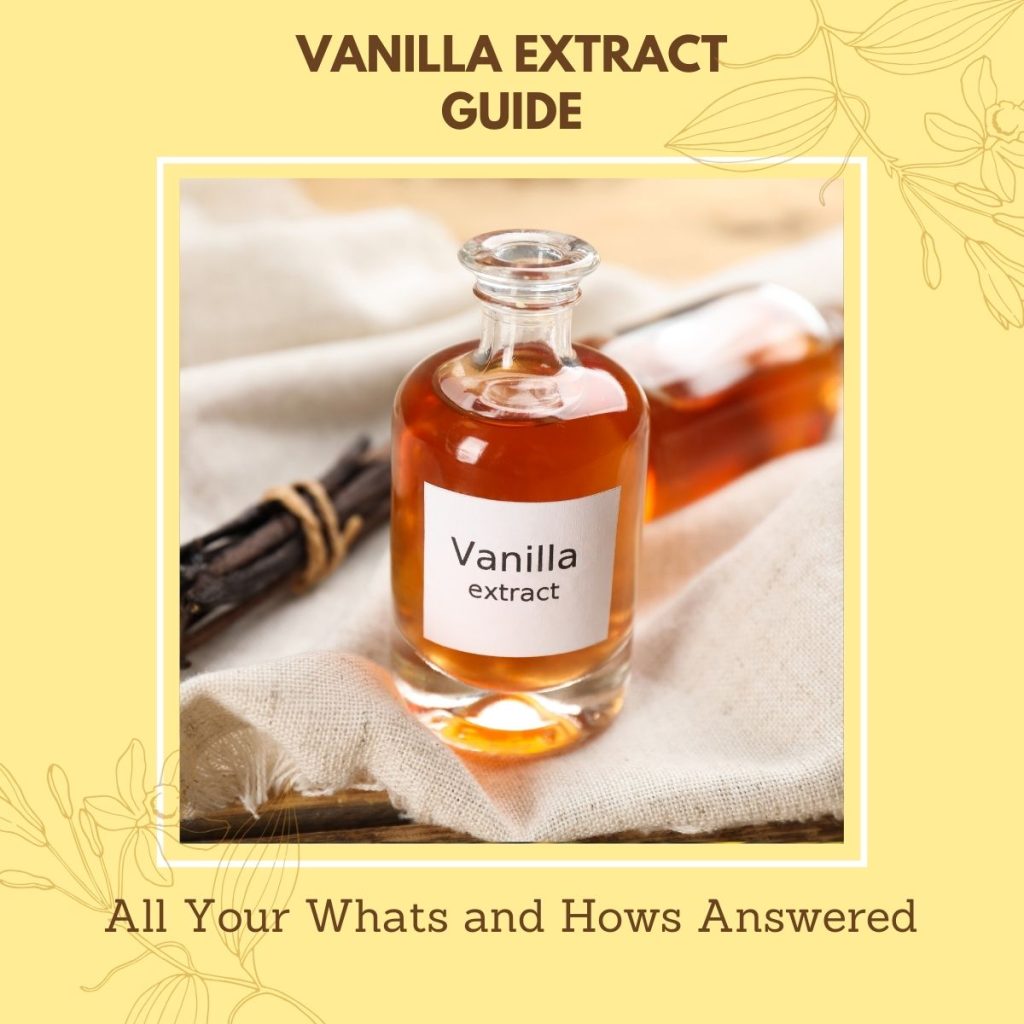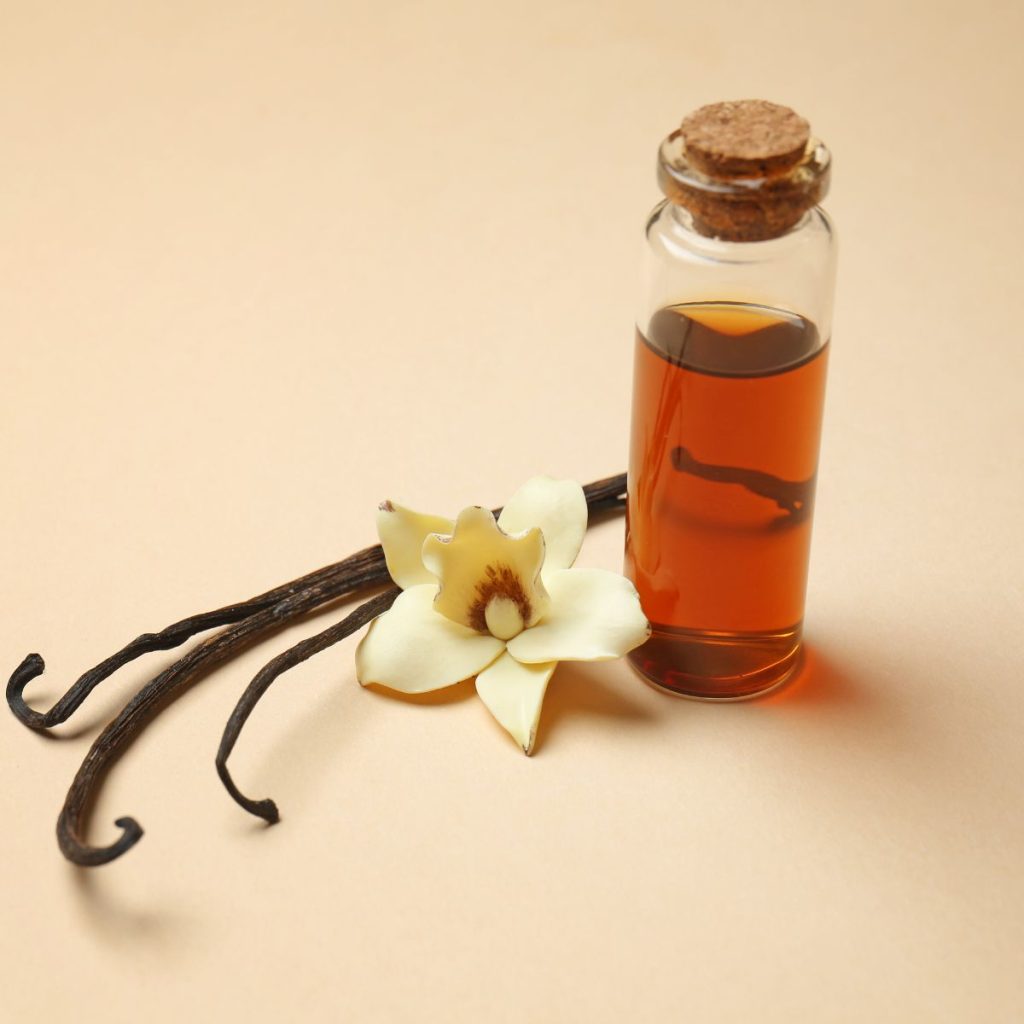Delve into the captivating realm of vanilla extract vs vanilla paste!
In this article, we’ll look into the distinctions between their flavor profiles and the distinct production methods that set them apart.
Discover the secrets to elevating your baked creations with the opulence and adaptability of vanilla paste, or become a maestro in the application of vanilla extract for that timeless essence.
Prepare to infuse innovation into your baking with these extraordinary vanilla alternatives!

Vanilla Extract Vs Vanilla Paste: The Difference in Flavor Profiles
You’ll notice a distinct difference in flavor profiles between vanilla extract and paste.
While both are derived from the same source, the vanilla bean, they offer unique taste experiences.
Primary Rating:
4.7 | Primary Rating:
4.8 |
Pros:
| Pros:
|
Cons:
| Cons:
|
N/A
| $18.92
|
- SAVA Madagascar Vanilla Extract is known for its genuine and robust vanilla flavor
- Premium Quality
- It offers a deep and aromatic profile, enhancing the overall sensory experience of your dishes.
- Suitable for a wide range of culinary applications, including baking, desserts, beverages, and even savory dishes.
- Professional bakers and chefs often prefer this high-quality vanilla extract for its exceptional flavor and ability to elevate gourmet creations.
- More expensive than synthetic ones.
- Limited Availability
- While the rich flavor is a pro, it can be a con if you prefer a milder vanilla flavor in your recipes.
- Vanilla paste provides a richer and more complex flavor.
- With its thick and syrupy consistency, it contains tiny specks of vanilla bean, adding a visually appealing touch to your recipes.
- The paste offers a more concentrated taste, making it perfect for custards, ice creams, and sauces.
- Vanilla paste can be more expensive than vanilla extract, so it might not be the best option for those on a tight budget.
- Not all grocery stores carry high-quality vanilla paste, so it may require a special trip to find this product.
- Some bakers prefer the liquid consistency of vanilla extract for certain recipes, and the thicker texture of paste may not be suitable for all applications.
- Due to its concentrated nature, it's possible to overuse vanilla paste and overpower the other flavors in your dishes.
Whether you prefer the robustness of vanilla extract or the complexity of vanilla paste, experimenting with both can elevate your culinary creations to new heights.
Extracting Vanilla Flavor: The Process Behind Vanilla Extract
To extract vanilla flavor, you need to combine vanilla beans with a high-proof alcohol such as vodka or rum. This process is known as extraction and it’s the key to creating vanilla extract.
First, you’ll need to split the vanilla beans lengthwise to expose the flavorful seeds inside. Then, place the split beans into a glass jar and cover them completely with the alcohol. Seal the jar tightly and let it sit in a cool, dark place for at least a month.
During this time, the alcohol will extract the rich and aromatic compounds from the vanilla beans, resulting in a concentrated vanilla flavor. The longer you let it steep, the stronger the flavor will be.
Once the desired flavor is achieved, strain the liquid to remove the vanilla beans and your homemade vanilla extract is ready to use.
With this innovative process, you can enjoy the pure and authentic taste of vanilla in your culinary creations.

The Richness and Versatility of Vanilla Paste
When it comes to adding depth and flavor to your recipes, vanilla paste is an excellent choice. It offers a richness and versatility that can elevate any dish to new heights.
Made from the scraped-out seeds of the vanilla bean, vanilla paste contains all the intense flavor and aroma that you love about vanilla.
The paste is thick and has a concentrated taste, allowing you to use less compared to vanilla extract.
Its smooth texture makes it easy to incorporate into batters, sauces, and creams, giving your creations a luxurious touch.
Whether you’re baking a classic vanilla cake or experimenting with unique flavor combinations, vanilla paste provides a level of innovation and sophistication that will impress even the most discerning palates.

Using Vanilla Extract in Baking: Tips and Tricks
If you’re looking to enhance the flavor of your baked goods, using vanilla extract can be a game-changer. Vanilla extract is a pantry staple that adds a rich and aromatic taste to your dishes.
To make the most of this ingredient, try these tips and tricks. First, always use pure vanilla extract for the best flavor. Avoid imitation versions, as they lack the depth and complexity of real vanilla.
Additionally, don’t be afraid to use more than the recipe calls for, as vanilla extract can intensify the overall taste.
Another trick is to add vanilla extract to the wet ingredients rather than the dry ones, as this allows the flavor to distribute more evenly throughout the batter.
Finally, if you’re feeling adventurous, try using different types of vanilla extract, such as Tahitian or Mexican, to add unique flavors to your baked goods.
With these tips, you’ll be able to take your baked goods to the next level and delight your taste buds with the deliciousness of vanilla extract.
Baking With Vanilla Paste: Techniques and Benefits
By adding vanilla paste to your baked goods, you can achieve a more concentrated and flavorful taste, while also benefiting from its versatility in various baking techniques.
Vanilla paste is a thick and rich mixture made from vanilla beans and seeds, providing a stronger flavor profile compared to vanilla extract.
This concentrated form of vanilla offers a depth of flavor that enhances your desserts, making them stand out from the crowd.
The paste can be easily incorporated into your recipes, whether you’re making cookies, cakes, or custards. Its thick consistency allows it to distribute evenly throughout the batter, ensuring that every bite is bursting with vanilla goodness.
Additionally, the seeds in the paste add a beautiful speckled appearance to your baked treats, giving them a visually appealing touch.










Konnichiwa! (Hello!) I'm Pat Tokuyama, a Japanese tofu cookbook author, who travels for music, food, and adventure. If you like Japanese tea, checkout some of the newestorganic japanese tea, matcha bowls and noren and more!
** Curious about the Plant Based Japanese Cooking Club? ** Learn more here!